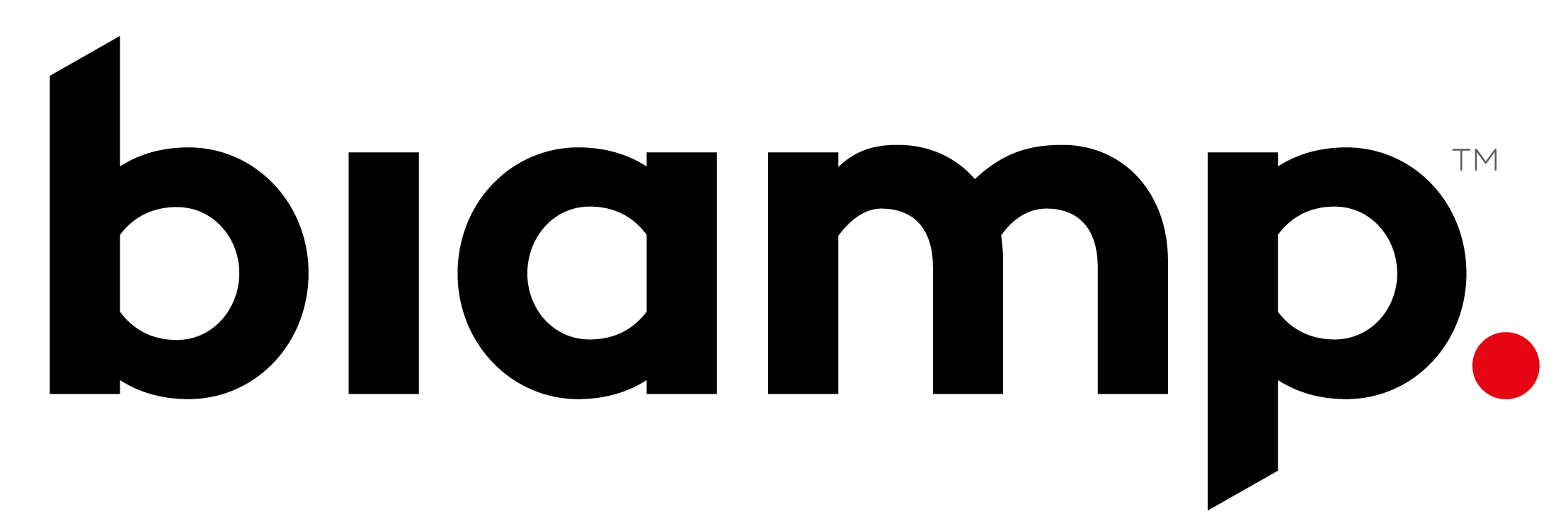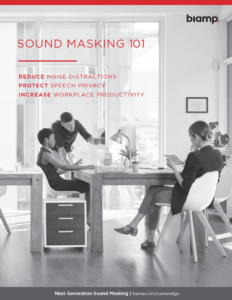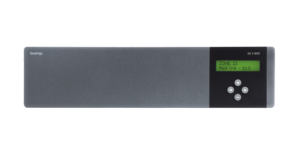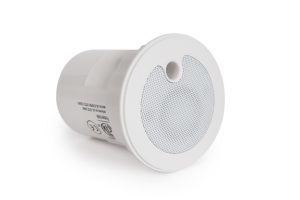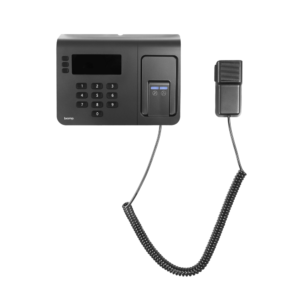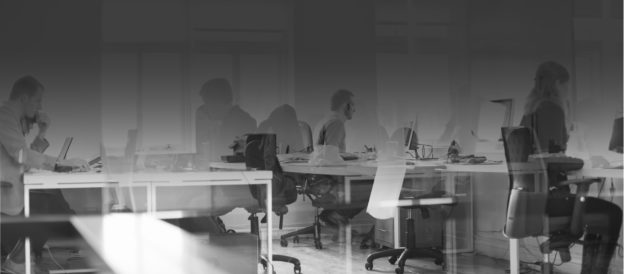The COVID-19 virus has impacted our personal and professional lives in countless ways. But as society slowly-but-surely returns to a state of normalcy, employers worldwide face important decisions regarding how best to accommodate workers’ needs when they re-enter their “new normal” workplaces.
So, as office workers around the globe begin to transition back to some semblance of their pre-pandemic, in-office work schedules, employers should be focused on ensuring their staffs experience safe, healthy and comfortable workplace environments.
But it should be noted that well before the world knew about COVID-19, disruptive workplace acoustics caused significant productivity loss across all types of office environments. Noise distractions and a lack of speech privacy have been, and will continue to be, negative impacts on overall employee comfort and productivity — unless properly addressed.
So as you plan for the return of onsite staff, consider that maybe now’s the time to take care of previously neglected workplace acoustical issues. Especially when it comes to “echoing offices,” which in most instances are open spaces with an abundance of surfaces that reflect, instead of absorb, disruptive sounds. Glass walls, open ceilings, uncovered concrete floors and lots of windows combine to make many of today’s office environments prone to negatively impactful acoustical challenges.
And the physical alterations needed to ensure a safe return to the workplace will do nothing but further degrade an office environment’s acoustics. We’re already seeing the widespread installation of Plexiglas and other hard, anti-viral surfaces as partitions to separate office staff. Such acoustically reflective additions do nothing to reduce disruptive noise.
Enter Biamp’s Cambridge sound masking solutions.
Sound masking adds a consistent level of ambient background sound to indoor environments, which successfully neutralizes the distraction-causing noises that are so prevalent – and which will become even more pronounced – in today’s workplaces.
To learn more, check out our “COVID-19 Workplace Changes” infographic, or take a few minutes to view Biamp’s “Sound Masking 101” content. I trust you’ll find these resources educational—and hopefully interesting.
Thanks for reading!
